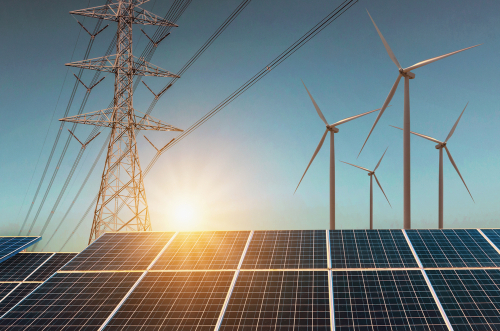SEIA whitepaper outlines means to improve U.S. domestic solar supply chain, cut China from equation

In a whitepaper issued this week, the Solar Energy Industries Association (SEIA) sought to double down on progress made in the United States renewable energy sphere by advocating ways to shore up the domestic solar supply chain and reduce reliance on global imports.
The plan, titled “American Solar and Storage Manufacturing Renaissance: Managing the Transition Away from China”, laid out steps to reduce imports at a parallel pace with efforts to reshore manufacturing and scale up domestic production throughout the supply chain. It determined that the United States could have the most competitive and collaborative solar and energy storage industry on earth by the end of the decade, and that the current policy environment is favorable.
SEIA analysis put the Inflation Reduction Act of 2022 alone as estimated to increase manufacturing jobs by about 34,000 immediately, to more than 115,000 solar manufacturing jobs by the end of the decade.
“American control of the solar supply chain is critical for our national security and economic strength,” Abigail Ross Hopper, SEIA president and CEO, said. “China is not going to willingly give up its market share, so we must be methodical and strategic about how we capitalize on the policy certainty from the Inflation Reduction Act and build this American clean energy manufacturing engine.”
All elements of the solar supply chain in the United States could be meaningfully manufactured here, in both the medium and long term, the SEIA determined. However, despite the competitive structure of the plan, it did not call for the United States to cut itself off fully from global markets, but rather to reduce reliance on equipment and materials from adversarial nations.
An interactive map released alongside the new report also allowed users to investigate the 42 GW of U.S. solar manufacturing announcements to date, accounting for product type, facility size, location, jobs, investment total and production volume. It included facilities producing raw materials and components alike. All items included in it were investments announced since passage of the IRA last year.
